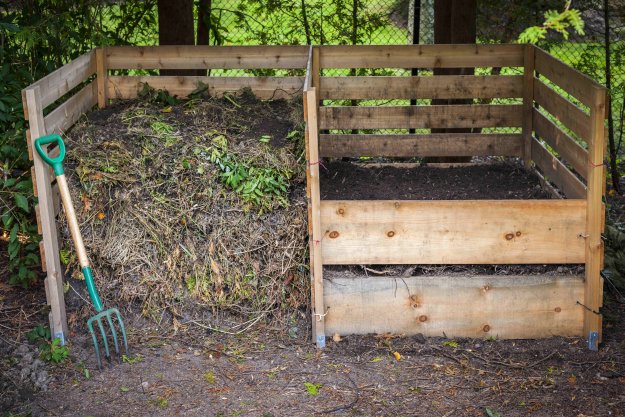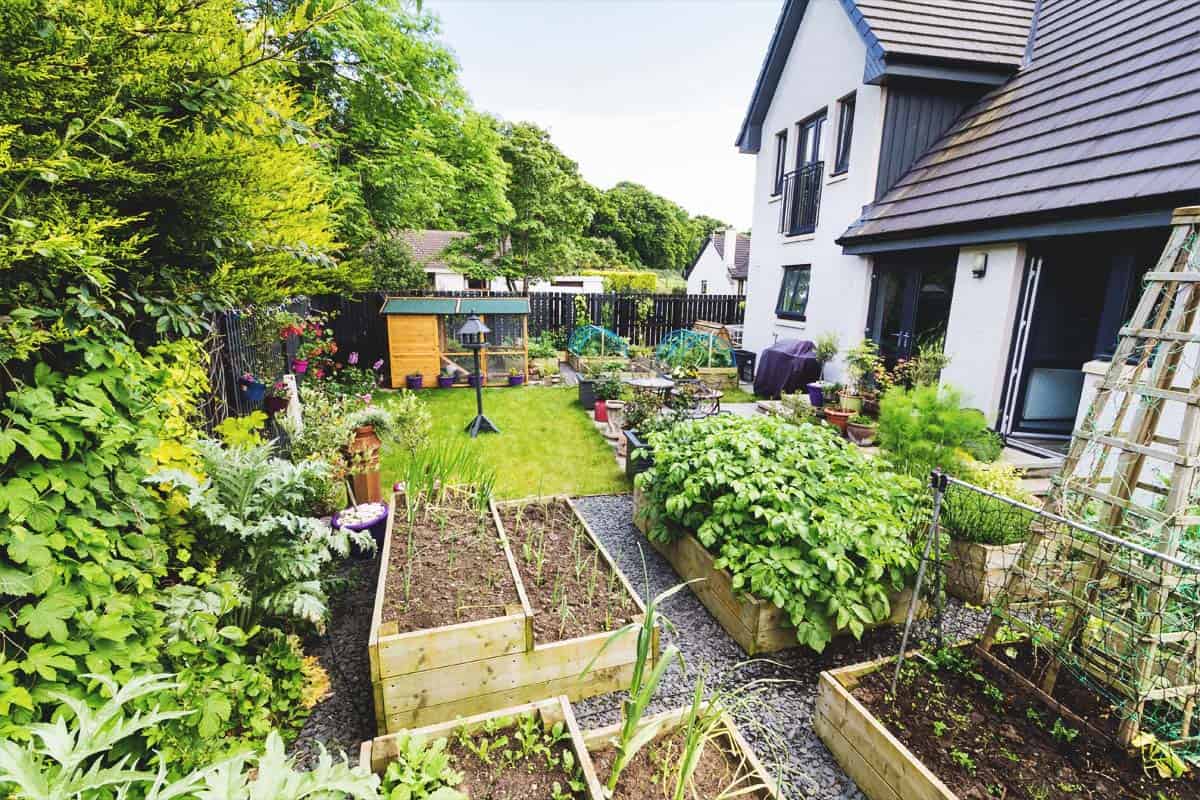Transform Your Backyard with Homestead Gardening
Transform Your Backyard with Homestead Gardening
Blog Article
Discover Essential Tips for Effective Gardening Techniques and Practices
Gardening, typically viewed as an easy leisure activity, incorporates a range of methods and methods that can considerably influence the outcome of your efforts. By focusing on necessary elements such as soil health and wellness, reliable watering techniques, and appropriate plant choice, garden enthusiasts can produce a successful environment that sustains lively growth. Understanding the subtleties of parasite monitoring and seasonal maintenance can further improve productivity. Yet, many enthusiasts ignore essential details that can make or break their horticulture success-- checking out these overlooked facets may expose the trick to growing a growing yard.
Recognizing Dirt Health
Soil health is a fundamental aspect of effective horticulture, as it straight affects plant development, vitamins and mineral availability, and community balance. Healthy and balanced soil is characterized by an abundant biodiversity of bacteria, raw material, and a balanced pH degree, which together develop an atmosphere for plant growth.
To understand dirt health and wellness, one have to consider its physical, chemical, and biological residential properties. The structure and framework of soil influence its ability to preserve dampness and nutrients, while the chemical composition establishes the accessibility of essential aspects like nitrogen, phosphorus, and potassium. Routine soil screening is important to analyze these elements, enabling gardeners to make enlightened choices relating to amendments and plant foods.
In addition, advertising biological activity within the soil is important for preserving its wellness. Practices such as composting, plant rotation, and using cover crops can enhance microbial variety, enhance nutrient cycling, and reduce soil disintegration. By focusing on soil health and wellness, gardeners not just optimize plant development however likewise add to a sustainable community, guaranteeing that their horticulture methods are environmentally responsible and resistant with time.
Efficient Watering Strategies
Guaranteeing that plants receive the ideal amount of water is essential for their health and wellness and development, especially when coupled with a strong structure of soil health and wellness (Homestead Gardening). Reliable watering methods can considerably influence plant vigor, minimizing water wastefulness and promoting optimal advancement
One essential approach is deep watering, which encourages roots to grow deeper into the soil, boosting drought resistance. This technique commonly involves sprinkling much less regularly yet in bigger amounts, permitting dampness to pass through the root zone extensively. Timing is additionally critical; morning is the suitable time to water, as it reduces evaporation and allows foliage to completely dry throughout the day, lowering condition dangers.
Additionally, using compost can assist retain dirt wetness and control temperature level, further aiding reliable sprinkling methods. Making use of a drip irrigation system can also give targeted moisture directly to the origins, making sure that water reaches where it's most required while conserving resources.
Keeping track of rains and soil wetness levels can direct adjustments in your watering routine, ensuring plants get consistent hydration without over-saturation. By embracing these efficient sprinkling techniques, gardeners can cultivate a flourishing setting for their plants published here to prosper.
Plant Selection and Placement
Just how can the ideal plant option and strategic placement transform a garden right into a flourishing community? The harmony in between plant selections and their placement is vital for producing a vivid yard. When choosing plants, take into consideration variables such as climate, soil kind, and sunshine direct exposure. Indigenous varieties are often the best choice as they are adapted to neighborhood problems and need much less upkeep.
Strategic placement involves organizing plants according to their development habits and demands. Taller plants ought to be positioned at the back of boundaries to stop shielding much shorter plants. In addition, organizing plants with similar water and light demands can boost their growth and decrease competitors for resources.
Incorporating a diversity of plants not just adds aesthetic appeal but also advertises biodiversity, company website attracting beneficial bugs and pollinators. Take into consideration the seasonal changes in your yard; pick a mix of annuals, perennials, and evergreens to ensure year-round interest.
Finally, keep in mind to assess the mature size of plants before planting to avoid overcrowding and guarantee appropriate air blood circulation. Thoughtful plant option and strategic placement develop a harmonious atmosphere, allowing your yard to prosper while decreasing obstacles.
Pest and Condition Monitoring
Efficient insect and disease management is essential for maintaining a healthy and balanced yard environment - Homestead Gardening. A positive approach, integrating social, biological, and chemical approaches, can significantly decrease the impact of insects and conditions on your plants

Organic controls, such as presenting useful insects like ladybugs or predative mites, can keep parasite populations in check without hurting the setting. Additionally, keeping plant health through correct watering, fertilization, and pruning will certainly bolster their durability versus conditions.
When intervention is required, select targeted chemical therapies, ensuring to follow application guidelines to lessen injury to non-target microorganisms. Constantly focus on lasting techniques, as they advertise lasting yard wellness and eco-friendly equilibrium. By incorporating these approaches, garden enthusiasts can properly take care of pests and diseases, making sure flourishing plants and an efficient garden.

Seasonal Maintenance Practices
During each period, executing targeted maintenance methods is crucial for optimizing garden health and productivity. In spring, concentrate on dirt prep work by screening pH degrees and including essential modifications. This is additionally the ideal time to apply plant foods and compost to maintain wetness and reduce weeds. On a regular basis examine emerging plants for conditions and insects.
As summer strategies, make certain sufficient irrigation while monitoring for signs of stress and anxiety or disease. Prune back disordered website link plants to encourage air blood circulation and decrease humidity around vegetation. This practice not only improves plant wellness but likewise advertises blooming and fruiting.
With the arrival of fall, it's time to prepare for wintertime. Tidy up fallen leaves and debris to protect against insect invasions, and take into consideration growing cover plants to improve soil health and wellness. This period is additionally suitable for dividing perennials and growing spring-flowering bulbs.
Final Thought
Successful gardening hinges on the integration of audio techniques in soil wellness, watering, plant selection, bug monitoring, and seasonal maintenance. By focusing on dirt screening and microbial diversity, utilizing reliable sprinkling strategies, and choosing ideal plants, gardeners can develop flourishing ecological communities.
By focusing on important components such as dirt wellness, effective watering strategies, and suitable plant option, gardeners can develop a flourishing community that supports vibrant growth. By prioritizing dirt wellness, garden enthusiasts not only optimize plant development yet additionally add to a sustainable community, making sure that their gardening practices are environmentally liable and durable over time.
Taller plants must be positioned at the back of boundaries to prevent shielding much shorter plants. Clean up fallen leaves and debris to prevent parasite invasions, and consider planting cover crops to improve dirt health and wellness.Successful gardening joints on the integration of sound methods in dirt wellness, watering, plant selection, parasite management, and seasonal maintenance.
Report this page